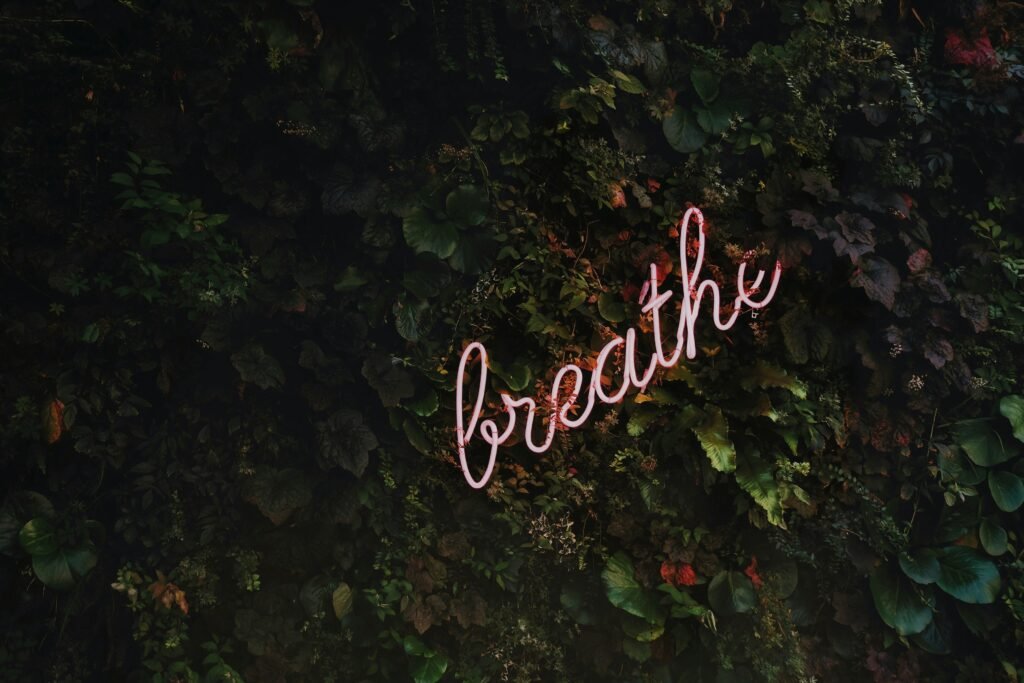Have you ever found yourself feeling anxious or overwhelmed and wished you could just take a deep breath and feel better? Breathing techniques are often touted as quick fixes for everything from stress relief to better focus. But with so many methods out there, do you know which ones really work and which ones might not be as effective as they claim? Let’s unpack the world of breathing techniques, assessing what’s useful, what’s not, and how to fit them into your daily life.

Understanding the Basics of Breathing
Breathing is something we often take for granted. It’s an automatic process, right? But there’s more to it than meets the eye. Did you know that your breath can influence your emotional state, physical health, and overall well-being? When you take a minute to think about it, breathing isn’t just about survival; it’s a tool you can harness.
The Physiology of Breathing
Your respiratory system is more than just lungs and airways. It involves a complex interaction between how air moves in and out, and how your body responds to oxygen levels. When we’re stressed, our breathing often becomes rapid and shallow. On the other hand, slow, deep breaths can trigger a relaxation response. Isn’t it fascinating how such a basic function can be connected to your emotional and physical states?
The Science Behind Breathing Techniques
Research supports the idea that certain breathing techniques can positively affect your health. Breathing exercises can help lower cortisol levels, improve focus, and even aid in better digestion. This isn’t just hearsay; there’s science backing these claims. Practicing the right techniques can create a profound impact on both your mental and physical health.
Different Breathing Techniques to Try
With a myriad of methods out there, choosing the right technique can be overwhelming. You might wonder, which one is best for me? Let’s break down some popular breathing techniques, looking at what works and what might not.
Diaphragmatic Breathing
Sometimes referred to as abdominal or belly breathing, diaphragmatic breathing encourages your diaphragm to help you breathe more deeply.
-
How it Works: When you breathe in deeply using your diaphragm, you promote full oxygen exchange, allowing your body to function more efficiently.
-
Benefits: This technique reduces anxiety, lowers heart rate, and can enhance your concentration. It’s particularly useful when you feel overwhelmed.
-
Steps to Practice:
- Sit or lie down comfortably.
- Place one hand on your belly and the other on your chest.
- Inhale deeply through your nose, ensuring your stomach rises (not your chest).
- Exhale slowly through your mouth.
Despite its simplicity, diaphragmatic breathing is highly effective. Many people, once they master it, report feeling calmer and more focused.
Box Breathing
Also known as square breathing, box breathing involves inhaling, holding, exhaling, and holding again, all for an equal count.
-
How it Works: This structure creates a rhythm that can be comforting and grounding.
-
Benefits: Box breathing is known to help improve concentration, reduce stress, and enhance mental clarity.
-
Steps to Practice:
- Inhale through your nose for a count of four.
- Hold your breath for another count of four.
- Exhale through your mouth for a count of four.
- Hold your breath again for a count of four.
Isn’t it interesting how this structured rhythm can calm an overactive mind? Just a few minutes of box breathing can help you regain focus.
4-7-8 Breathing
Developed by Dr. Andrew Weil, this method involves a specific rhythm of inhaling, holding, and exhaling that’s purported to help you relax.
-
How it Works: The method emphasizes longer exhalations, which can help slow your heart rate and promote relaxation.
-
Benefits: People report improved sleep quality and reduced anxiety levels after practicing this technique.
-
Steps to Practice:
- Inhale quietly through your nose for 4 counts.
- Hold your breath for 7 counts.
- Exhale completely through your mouth for 8 counts.
To get the most out of this technique, you might want to practice it just before bed or when you’re feeling particularly stressed.
Alternate Nostril Breathing
This technique, rooted in yoga, involves breathing through one nostril at a time. It’s said to balance energy in the body.
-
How it Works: By alternating nostrils, you help to balance the left and right hemispheres of your brain.
-
Benefits: This practice can improve focus, promote relaxation, and even clear the nasal passages.
-
Steps to Practice:
- Close the right nostril with your thumb and inhale deeply through the left nostril.
- Close the left nostril with your ring finger, release the thumb, and exhale through the right nostril.
- Inhale through your right nostril, close it with your thumb, and then exhale through the left nostril.
Doesn’t it sound almost meditative? This technique can bring a new kind of awareness to your day.
What Doesn’t Work?
While many breathing techniques can be beneficial, not everything that’s marketed as a “breathing solution” is effective or scientifically backed. Here’s what you might want to steer clear of.
Trendy Breathing Gadgets
There are a variety of apps and devices claiming to help improve your breathing technique. While technology can offer utility, relying solely on gadgets may not be the best approach.
-
Why It May Not Work: Many of these products focus on superficial aspects of breathing without addressing the deeper physiological benefits.
-
Better Alternatives: Trying a straightforward method like diaphragmatic breathing or box breathing, which doesn’t require complex equipment, is often more beneficial.
Breathing Techniques Based on Myths
Some practices are based on anecdotal evidence rather than solid research. For instance, techniques that claim to manipulate energy levels or promise extraordinary health benefits often lack scientific validation.
-
Beware of Unsupported Claims: Techniques that promise miraculous cures or instant stress relief should generally be approached with caution.
-
Stick to What’s Proven: Focus on methods backed by research and anecdotal evidence from seasoned practitioners and experts.
Personalizing Your Breathing Routine
Everyone’s body is different. So how can you tailor a breathing technique to suit your particular needs? Personalization will allow you to experience the full benefits of whichever breathing method you choose.
Assessing Your Situation
Before you jump into a new breathing technique, take a moment to assess what you need. Are you feeling anxious, or are you simply looking to enhance your focus?
-
Immediate Needs: If you’re stressed, techniques like diaphragmatic breathing or box breathing may work well. For long-term benefits, consider integrating 4-7-8 breathing into your nighttime routine.
-
Trial and Error: It might take some experimentation to find what feels right for you. Don’t hesitate to try different methods and see which resonates best.
Frequency and Timing
Finding the right time and frequency for your breathing exercises is crucial. You can start by incorporating just a few minutes into your day at specific intervals.
-
Morning Boost: You might want to begin your day with a session of alternate nostril breathing to center yourself.
-
Midday Reset: A few minutes of box breathing during your lunch break can help alleviate stress before diving back into work.
-
Evening Calm: Lastly, end your day with 4-7-8 breathing to help promote restful sleep.

Tips for Consistency
Sticking to any new practice can be tricky. However, with a few strategies, you can make breathing techniques a regular part of your daily routine.
Create a Designated Space
Having a specific area for your breathing exercises can make it easier to commit.
- Comfort is Key: Choose a quiet, comfortable space that’s free from distractions. This can be a corner of a room, or even your backyard.
Set a Schedule
To build consistency, schedule your breathing exercises just like you would any other appointment.
- At the Same Time Daily: Try to practice at the same time each day to create a habit.
Utilize Reminders
Consider setting reminders on your phone or leaving sticky notes in visible places as cues to practice your breathing techniques.
- Visual Cues: These small prompts can remind you to pause and breathe, even on busy days.
Closing Thoughts
Breathing techniques can be powerful tools in navigating life’s challenges. Whether you’re looking for ways to manage stress, improve focus, or simply enhance your overall well-being, understanding which methods suit your needs is crucial.
While the journey toward better breathing practices might come with a learning curve, incorporating even a few strategies can make a significant difference. The best part? You can carry these techniques with you wherever you go. So, why not take a deep breath right now?


